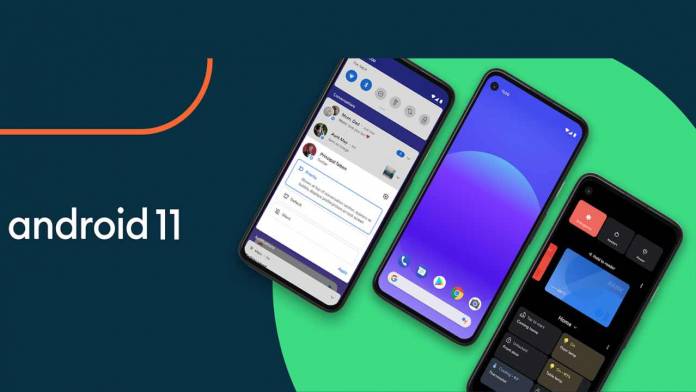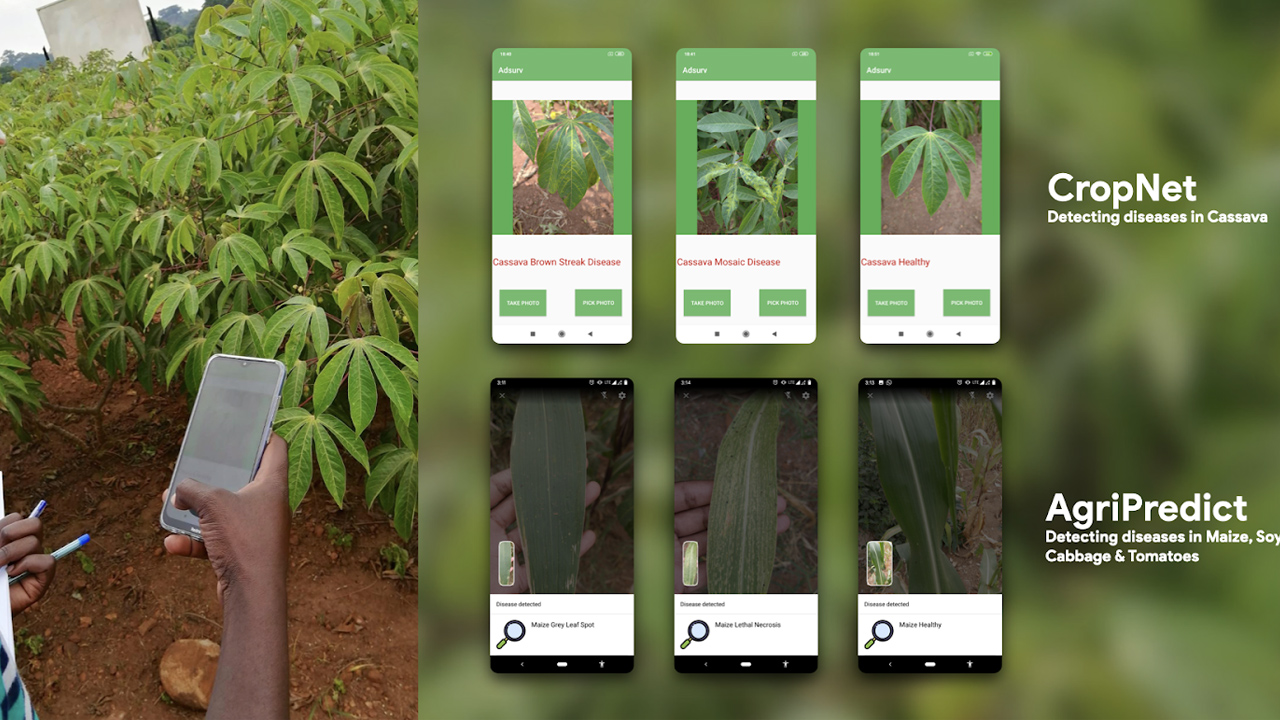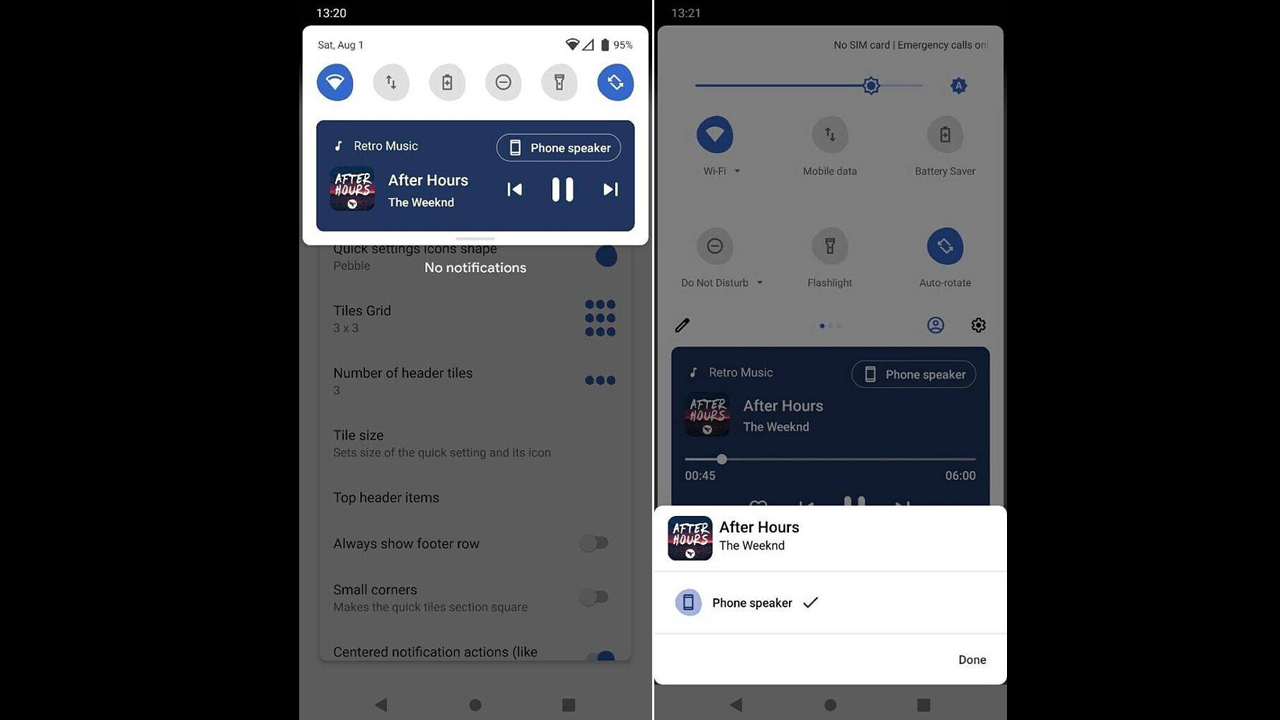
Android 11 final version has now officially launched after the continued beta versions released in June, July, and August. The Beta 1 release came on June 10, Beta 2 was released on July 9 and the final Beta 3 version came on August 6. The beta releases were supported by the ’11 Weeks of Android’ – a weekly series of Android development updates with new developer content majorly focused around the eleventh major release of the Android operating system. Now that the operating system has finally released, here are the major updates you need to keep an eye on to get the most out of your Android 11-powered smartphone.
People and identity
Centered on the way people connect to loved ones, Android 11 brings tools for instant sharing of content. Then there are chat bubbles – floating conversations, which can be expanded to allow the users to quickly access the chat without leaving the current app interface. The conversations will be displayed on the screen in priority order decided by the user.
They are going to be an adaptation of the Facebook Messenger chat bubbles which make communication with friends and family delight. One can pull down priority notifications from the top of the screen in a floating bubble format for seamless conversations while multitasking. For a smooth experience, Android 11 also brings One Tap and Block Store, a token-based mechanism to ensure secure signing-in across multiple Android devices.
Machine learning for better AI tools

User-oriented machine learning is the focus of Android 11 that identifies common user predicaments and the ways in which machine learning can solve them. The real-time processing of data to assist users with day-to-day tasks like identifying foreign language text on billboards on a travel expedition or help visually-impaired navigate the streets.
Another application is to assist users to learn sign languages and other possibilities like detecting the first signs of disease in crops just by pointing the phone’s camera. The face detection and object tracking applications have also got much better – opening up avenues for endless applications.
User data privacy and security
One key area of focus in Android 11 OS is the privacy and security of sensitive user data. Now there is even more transparency and control of what assess third-party apps have and for how much time they have the permissions. At the core are one time permissions to the phone’s microphone, camera or the current user location.
This prevents apps from accessing such user data when not required and only give access when the user wants to. Also, Android 11 will auto-reset permissions for apps that have not been used by the user for a long time.
On the security front, the OS will safeguard data on external storage as developers can tweak the biometric strength required for data access by the app. Another major development is the way in which Google Play updates are served for the core OS components.
Android 11 compatibility, flexible developer tools
Developers were able to test their apps for final compatibility testing to publish the respective apps in Play Store. Using the Android 11 emulator developers tested their apps for any inconsistencies for the final version of Android. For the end-user, it brings a smooth experience with the apps they have installed or purchased earlier. With the final Android 11 version, the users will love to explore a stable app they can’t live without.
Google is making it even more flexible to code with the Android languages – Kotlin, Java, and C++. In particular, Kotlin with which most of the top apps in the Play Store are coded. Likewise, Java and C++ libraries have been expanded for a smoother and faster app experience. So, there will be tons of quality apps coming to the platform.
The Jetpack libraries have been updated for better camera interface as well as superior biometric recognition in-app interface or for system launcher apps. The app developer tools have also been updated for greater flexibility in development which will benefit the end-users in a great way.
App reviews and updates
There are some changes in the app review and rating with Android 11 which is more user friendly. Now the user can rate their favorite apps from the in-app interface rather than being redirected into the Play Store interface. Google will make it mandatory for new apps and games to have this in-app review API by the second half of 2021. The app subscriptions and in-app purchases have also been made more transparent with Android 11. The new Play Asset Delivery means the size of apps is also going to reduce, promising faster load times and consequent updates.
With Android 11 Google is aggressive in its approach for cross-platform device compatibility. Whether it is a smartwatch, Android TV or Android Auto – Google has come up with dedicated resources for each of these platforms to give developers more flexibility when developing apps. This means the user experience in such apps and devices is going to be far better.
Games, media controls, and overall UI

Android 11 brings the option to have games come up in new clusters within the Google Play Games interface. If you like to have instant access to pre-registered games, they can be auto-installed too. The gaming apps will also have a seamless ability for the user to rate and review from the game interface. Users will also be elated to know that the OS brings the capability to update in-game bundles seamlessly to avoid frustrating load times owing to the downloading of updates.
Likewise, the media usage for the users has also been streamlined with Android 11 as the user will be able to control media-centric apps from dedicated space in the notifications. The main area of focus is leveraging the 5G capabilities for media consumption. The ability to switch the output of the multimedia to smart devices is also going to be a button away – right from the media interface in the notification bar. So, you can toggle the output from your true wireless earbuds to your Nest Mini in the blink of an eye.
The UI has also been an area of focus in Android 11. To achieve a good mix of battery management and dynamic user interface, the fine-tuning of memory processes has been done. The variable refresh rate can also be leveraged for better battery management without compromising the smooth interface. For example the smooth transition between the keyboard opening and closing for a seamless UI.









